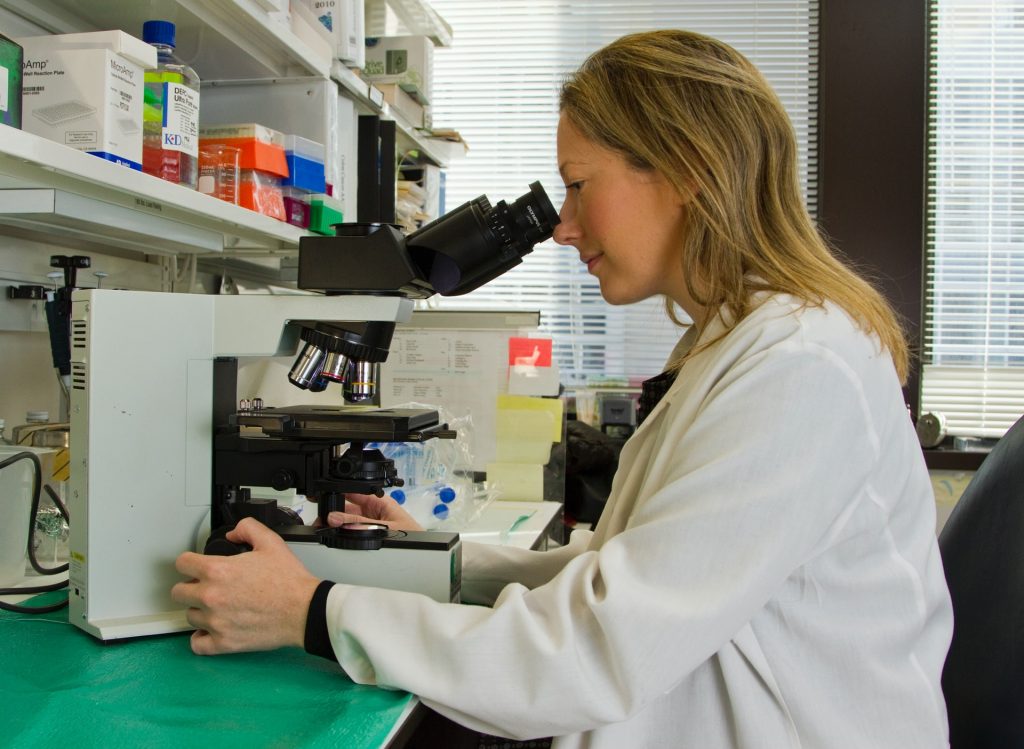In Dementia, De-cluttering is of Little Value

A new study has shown that a clutter-free environment may not help people living with dementia carry out daily tasks.
Researchers studied whether people with dementia were better able to carry out tasks, such as making a cup of tea, at home amidst their normal clutter or in a clutter-free environment. Surprisingly, participants with moderate dementia performed better when surrounded by their usual clutter. But the different environments made no difference to people with mild and severe dementia, who were able to perform at the same level in both settings. The findings were published in Alzheimer Disease & Associated Disorders.
Prof Eneida Mioshi, from the University of East Anglia. said: “As dementia progresses, people gradually lose their ability to carry out daily tasks due to changes in their cognitive, perceptual and physical abilities. Participation in daily tasks could then be improved by adapting the person’s environment.
“To this end, we wanted to investigate the role of clutter in activity participation, given the potential to use de-cluttering to support people with dementia to continue to be independent.
“Environmental clutter has been defined as the presence of an excessive number of objects on a surface or the presence of items that are not required for a task. It is generally assumed that a person with dementia will be better-able to carry out daily tasks when their home space is tidy and clutter free. However there has been very little research to really test this hypothesis.
“We wanted to see whether clutter was negatively affecting people with dementia. So we studied how people at different stages of dementia coped with carrying out daily tasks at home, surrounded by their usual clutter, compared to in a clutter-free setting – a specially designed home research lab.”
Occupational therapist and PhD student Julieta Camino carried out the study with 65 participants. They were grouped into those with mild, moderate and severe dementia, and were asked to carry out daily tasks including making a cup of tea and making a simple meal, both at their own home and at UEA’s specially designed NEAT research bungalow, a fully furnished research facility that feels just like a domestic bungalow.
The researchers evaluated performance of activities in both settings, and also measured the amount of clutter in the participants’ homes. Meanwhile the NEAT home setting was completely clutter free.
Source: University of East Anglia









